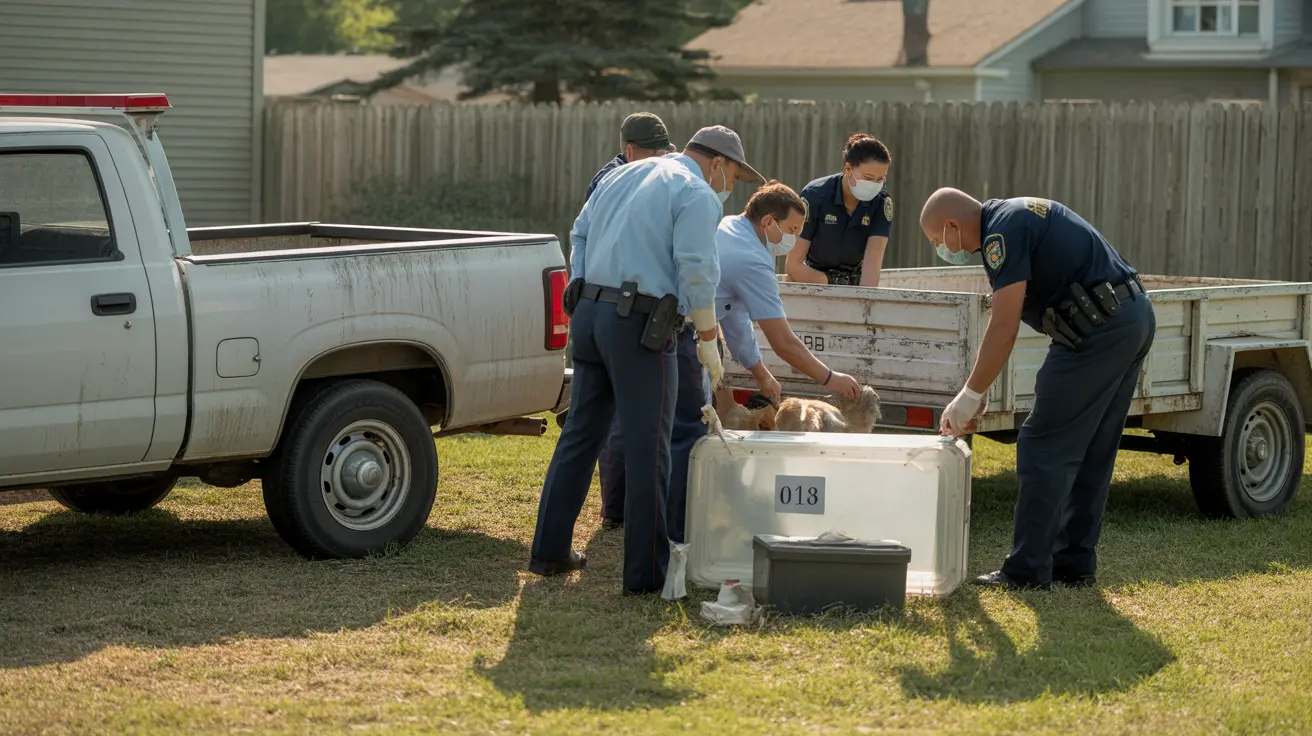Understanding the Meaning Behind a Low Growl
As pet owners and animal lovers, interpreting our pets’ vocalizations is essential to fostering a safe and healthy human-animal bond. One common sound animals—particularly dogs and cats—emit is a low growl. While it might make your heart race or cause concern, understanding what a low growl really means can help you respond appropriately and build a stronger relationship with your pet.
What Is a Low Growl?
A low growl is a deep, rumbling vocalization that can vary in intensity and duration. Most often observed in dogs, it can also be heard in cats and other animals when distressed or warning others. Unlike playful barks or high-pitched whines, a low growl carries a more serious undertone.
Common Reasons for a Low Growl
- Discomfort or Pain: When animals are hurt or ill, they may growl to keep others away and avoid additional pain.
- Fear or Anxiety: A frightened animal might use a low growl to create distance and protect itself.
- Territorial Behavior: Growling can occur if an animal perceives a person or creature is encroaching on their space.
- Resource Guarding: Pets may growl when they feel their food, toys, or resting areas are threatened.
- Defensive Reaction: A low growl may serve as a warning before a pet takes more overt defensive actions like barking, hissing, or biting.
Breed and Temperament Factors
Some dog breeds are more vocal by nature. Similarly, a pet’s individual temperament, upbringing, and experiences play a major role in how often and why they growl. Understanding your pet’s personality helps differentiate between a serious warning and a mere vocal expression of discomfort.
When Growling Is a Warning
Many experts view a low growl as a healthy form of communication. It gives humans a chance to adjust the situation before escalation occurs. Ignoring this warning or punishing your pet for growling can suppress their ability to give warning cues, making future reactions unpredictable or dangerous.
How to Respond to a Low Growl
Instead of reacting with fear or punishment, consider the following response:
- Stay Calm: Avoid sudden movements which may escalate tension.
- Give Space: Back away slowly and respect your pet’s boundaries.
- Assess the Environment: Identify any triggers causing fear or discomfort.
- Consult a Professional: Especially if growling is frequent or unpredictable, an animal behaviorist or vet can help determine the root cause.
Growling in Play vs. Aggression
Some pets growl during playtime, especially in games like tug-of-war. This type of growl is usually higher in pitch and accompanied by relaxed body language. Conversely, a growl given during scared or aggressive behavior is deep, paired with stiff posture, raised fur, or bared teeth.
Understanding Body Language
Interpreting growling requires observing your pet’s overall body language:
- Relaxed posture and wagging tail: Likely a play growl.
- Stiff body, intense stare, flattened ears: A warning signal—back off!
- Retreating while growling: A fearful response—your pet is asking for space.
Training and Behavior Modification
With patience and proper training, many pets can unlearn negative triggers that lead to growling. Techniques include:
- Desensitization: Gradually exposing your pet to feared stimuli.
- Positive Reinforcement: Rewarding calm behavior with treats or praise.
- Professional Behavioral Therapy: Useful for addressing trauma or aggression rooted in past experiences.
When to Seek Help
If your pet’s growling becomes frequent, unpredictable, or aggressive, it’s wise to involve a vet or certified trainer. Medical issues like arthritis, dental pain, or neurological problems can cause behavioral changes. Early intervention prevents harm and results in better outcomes.
Conclusion
A low growl is a valuable communication tool that serves as your pet’s early warning signal. Listening to and respecting these messages can prevent escalation and foster a nurturing relationship. As always, understanding your specific pet’s signals, behavior patterns, and triggers is key to creating a safe and trusting environment for both you and your furry companion.





